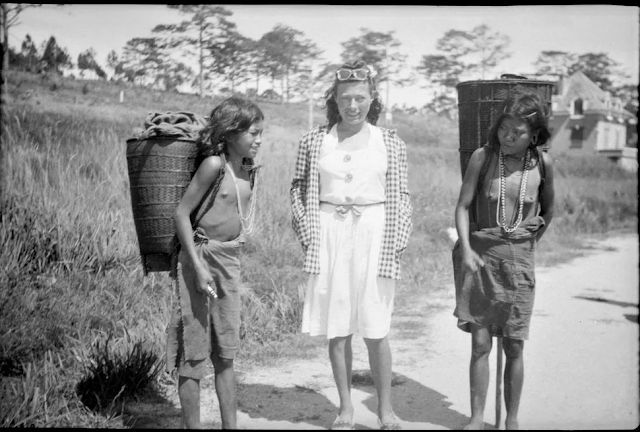Democracy of Violence
Democracy of Violence LINH DINH [still from Stanley Kubrick’s A Clockwork Orange , 1972] Sustained, leisurely conversations aren’t just essential to mental health, but to maintaining civility. Faced with another, one must learn how to listen, and to entertain, with proper respect, someone else’s opinions. Plus, one can’t so easily lie or make false accusations. It’s a lot harder to bullshit, in short. Lacking such encounters, society unravels. Online, a masked man can unprovokedly call a woman “a cunt” or “dink cunt,” and feels no shame, but what do you expect from barbarians? As “sulu,” “catdompanj” or “The Gimp,” etc., one can say anything, if only for much needed release. Bottled anger must be messily spilled constantly. Already, the US is in worse shape than what’s depicted in Stanley Kubrick’s A Clockwork Orange . Watching it in a theater while still a teenager, I couldn’t appreciate its significance. What’s the point of so much gratuitous barbarity? Within the f...
